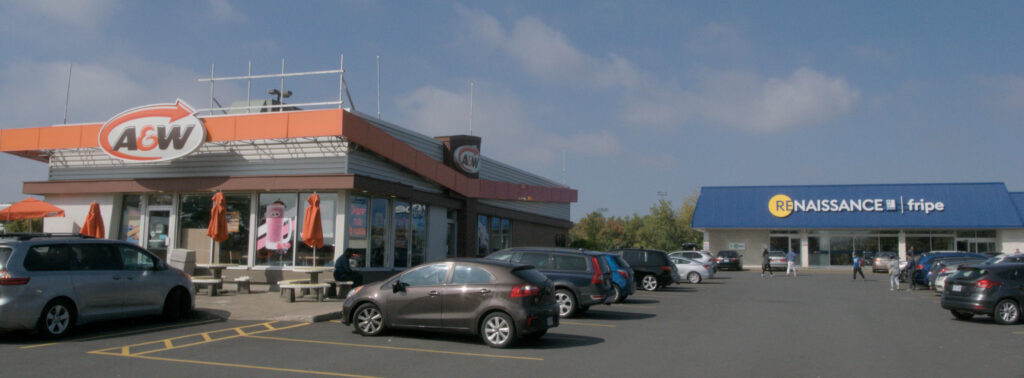Gale Lee wrote a Fujifilm TX-1 long term review for Casual Photophile.
The Fujifilm TX-1 (also known as the Hasselblad XPan) is a camera defined by a single design directive: take true panoramic images using 35mm film without wasting a millimeter of material, and everything about it— from its design to its physical engineering— flows from that goal.
and
The Fujifilm TX-1 (also known as the Hasselblad XPan) is a camera defined by a single design directive: take true panoramic images using 35mm film without wasting a millimeter of material, and everything about it— from its design to its physical engineering— flows from that goal.
Last year, I linked about the Hasselblad X-Pan which is the rebadged version of the Fujifilm, and talked about rangefinders. The Fujifilm TX-1 remains on top of my list of camera to try, this is why each time somebody write about it I wished I had one.
And what Gale tells us is that this camera is a tool a tool that may work for you, but maybe not. What make the TX-1 is the 1:2.70 aspect ratio and the fact that this is camera that you can shoot hand held, like street photography, but not only. It can be challenging to use but, once you are able to control, the results are… wow.
Back in the early 2000s I considered getting one, but its price, and the fact that the 24x65mm frame would be difficult (read expensive) to scan, I sort of chickened out. I’m pretty sure it’s more expensive now than it was back then.
This made me think on what kind of specs would I need to have similar quality panoramic format camera, but digital. Cropping is easy but in that aspect ratio the loss of pixels is significant. And then there is framing, I don’t know which camera allow setting a custom aspect ratio; back when I used an Olympus E-P1, I shot a lot in 16:9 aspect ratio. This scale down on the 12 megapixel.
